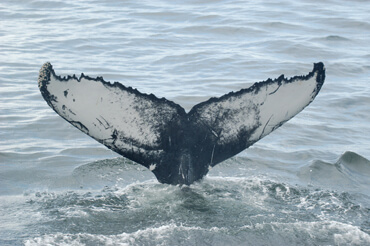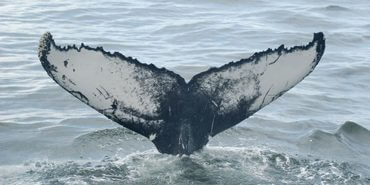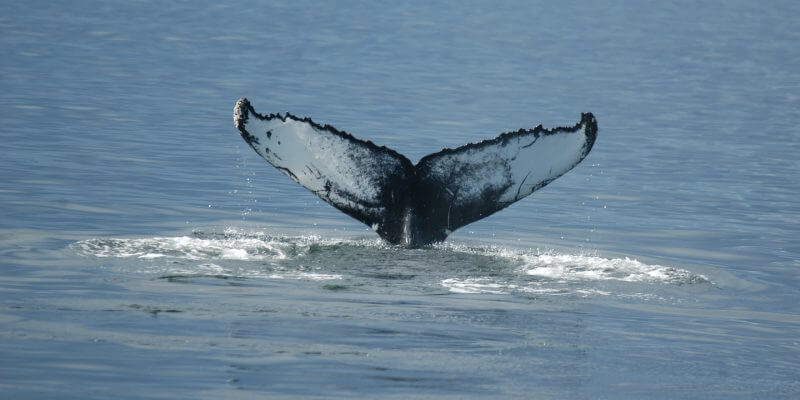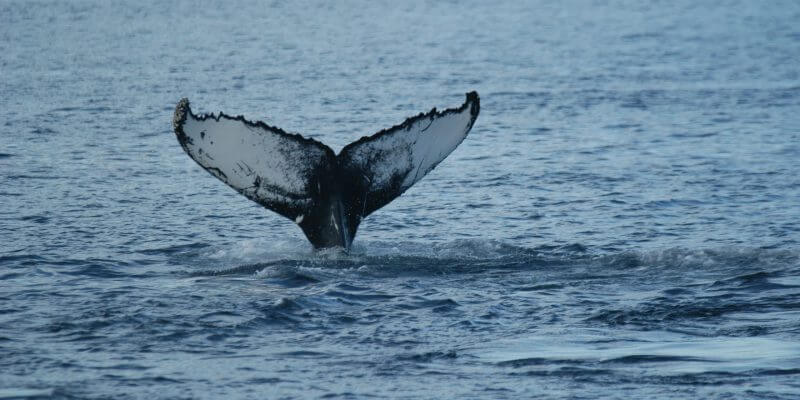Pi-Rat
Humpback Whale


-
ID number
H642
-
Sex
Male
-
Year of birth
2005
-
Known Since
2005
Distinctive traits
The two distinguishing marks that identify Pi-Rat (pronounced like the word “pirate”) are the number Pi (π) visible on the right lobe of his tail and the rat’s head protruding from the end of the left lobe.
Life history
Pi-Rat was born in the warm waters of the Caribbean during the winter of 2004-2005. His mother is Circé (H004), an individual known to MICS since 1982.
The male humpback made his first migration to the cold waters of the Gulf alongside his mother in the spring of 2005, visiting Minganie in particular.
In 2006, he came alone to explore the Estuary after a stay in Gaspésie and the Mingan region. That year, he was often seen with Gaspar, a female humpback whale also born in 2005. In 2007, the two humpbacks were again seen together, but less frequently.
Observations history in the Estuary
Years in which the animal was not observed Years in which the animal was observed
Latest news from the publications Portrait de baleines
Pronounced: pirate. Pi-rat is a young humpback whale conceived in the warm waters of the Caribbean during the winter of 2003-2004. Pi-rat first came to the St. Lawrence in the summer of 2004 … in the womb of his mother Circe (H004)! His birth took place in the Caribbean in winter 2004-2005. Then, in spring 2005, he made his first migration alongside his mother towards the cold waters of the Gulf, notably Minganie. It probably separated from its mother in winter 2005-2006, still in the Caribbean.
During the summer of 2006, he came alone to explore the estuary after a stay in Gaspésie and the Mingan region, where he had been identified by MICS. He remained in the estuary from early August to mid-September. He was joined at the end of August by Gaspar, another juvenile humpback whale (female), born the same year as him. They had been observed together on numerous occasions, swimming synchronously. They had been the subject of a competition: Portrait de baleines readers had given them each a christening name, based on the markings present in the coloration pattern of their flukes.
In 2007, the whale returned to the estuary. It has been observed since June 30.
When we compare photos of Pi-rat taken in 2006 and 2007, we notice in 2007 the presence of several barnacles on the tip of the left lobe, and one on the edge of the right lobe. These small, 1.5 cm crustaceans stick to the skin of whales, and secrete a limestone carapace from which they extend their legs to capture plankton. As for the distinctive markings, they haven’t changed.



